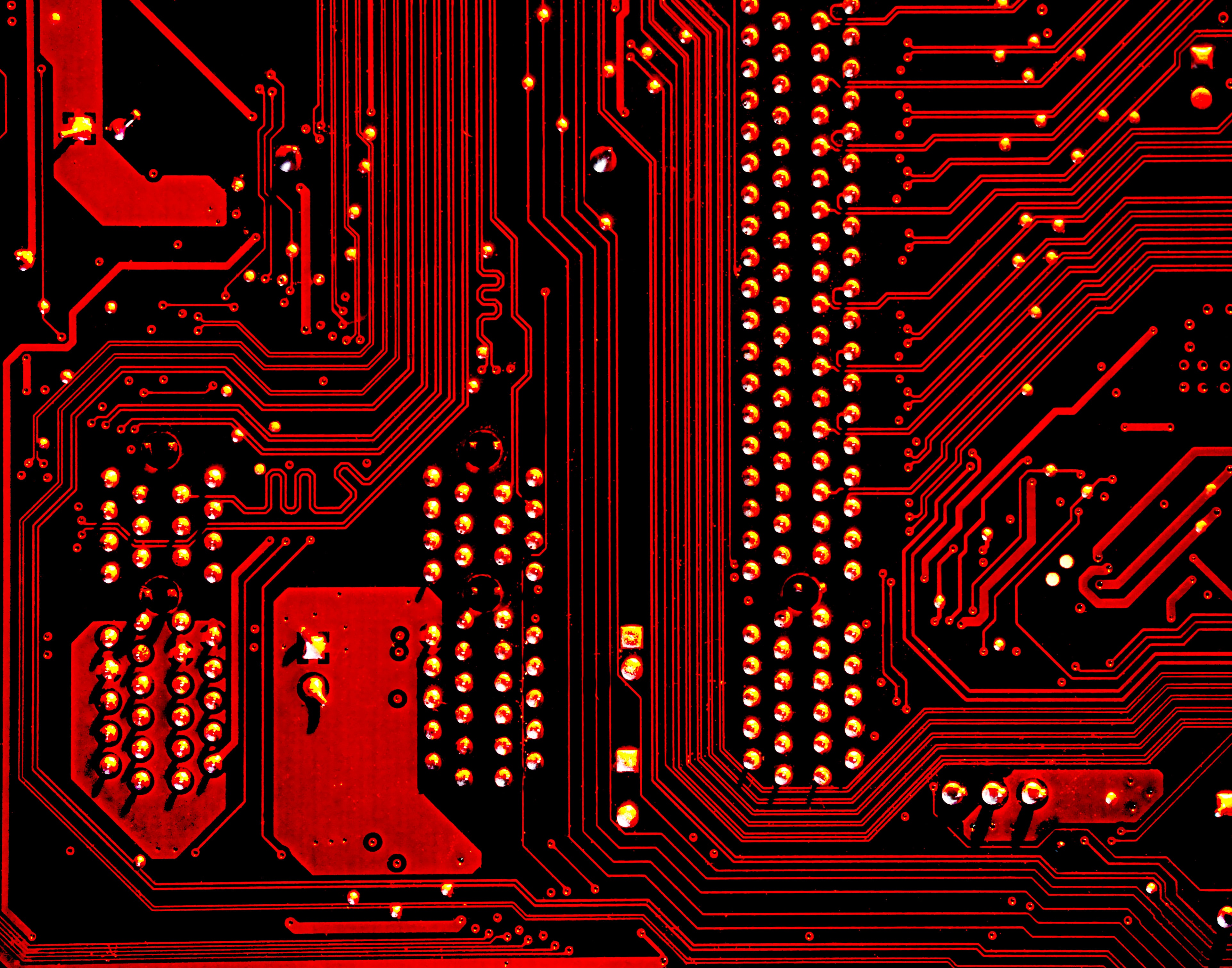1. BLOCKCHAIN RESEARCH
A) BLOCKCHAIN IN CYBERSECURITY
There are over 800,000 cyberattacks each year. Within the last few years, major companies such as Yahoo, Uber, and Under Armour suffered cyberattacks that stole information from billions of users. Companies use Intrusion Detection Systems (IDS) to identify cyberattack signatures (CAS). The CAS is then stored on a company's local server so that if a similar attack reoccurs, detecting it will be easy and more accurate. However, these signatures are inaccessible to other companies or peoples that may be attacked by cyberattacks with the same signatures. To improve the company's protection, we develop an architecture that leverages blockchain technology abilities to store and share cyberattack signatures among different companies. Therefore, the architecture serves as a way for companies to form a consortium to maintain a universal attack signature repository. This system allows companies to have access to many CAS, irrespective of the type of IDS utilized at the company. With access to the repository, companies can deal with potential cyberattacks more effectively. One of the architecture's novelties is that it can be opened to the public. This enables Small and Medium-scale Enterprises (SMEs) to connect to the network and download the attack signatures in real-time without posing any security concerns on the system

B) BLOCKCHAIN IN E-HEALTH

With the tremendous increase in the cases of patient's health record breaches, healthcare systems need a more effective way of preserving patient's Electronic Health Records (EHRs). In 2019, the United States healthcare industries recorded more 41 million patients' record breaches. This is estimated to increase, especially now that the healthcare industries are proposing more robust interoperability. To increase the resilience of patient's EHRs to attack breaches, we designed and developed a solution that leverages blockchain technology to secure the patient's EHRs at rest and in transit. In the ongoing research, we focus on how patients' health information (PHI) can be securely exchanged between two or more healthcare systems without contradicting HIPAA policies. The architecture serves as a secure platform for diverse healthcare systems to interact and exchange patients' health history. The solution's novelty is its ability to detect and prevent malicious activities on both stored patient's EHRs or shared health information by insider or outsider threats. Apart from this, the architecture allows any healthcare industry to join the network in real-time.
C) BLOCKCHAIN IN SMART GRID
Today, traditional energy systems have been facing some major challenges such as long-distance transmission, carbon emissions, environmental pollution, and energy crisis. It is inevitable that power generation from renewable energy sources will play a more vital role to fulfill the ever-increasing energy demand. Of all renewable energy sources, solar and wind energy will contribute to a large share in the current and future generations. The main challenge of the integration of these new energy sources with the traditional grid-based centralized electricity supply is the appearance of the new type of grid user called the prosumer in a local energy market. The other biggest challenge is the intermittent nature of these renewable energy sources. Applications based on blockchain offer solutions to problems of different levels of complexity within the smart grid. With the implementation of Blockchain-based Smart Grids, a trading infrastructure can be established within the smart grid. The ongoing research is focused on proposing and implementing the architecture of ta blockchain-based microgrid for secure energy trading. The blockchain-based architecture of the microgrid would allow different nodes – both consumers and prosumers to trade electricity securely and easily in a peer to peer fashion by eliminating the need of a third party to ensure trust. This blockchain-based platform would provide transactional data, tamper-proof record, and would make effective monitoring and verification of electricity services possible. Also, the involvement of the local user in the management of the microgrids would bring a sense of ownership to the local communities.

2. INTRUSION DETECTION RESEARCH (IDS)
IDS in 5G and VM

Our current work focused on the development of a distributed Artificial Immune System (AIS) based software that aims to introspect multiple Virtual Machines and to detect a specific type of malicious applications – keyloggers while running from the outside of the infected VM. Considering the proliferation of cloud technologies and edge computation, as well as started fifth-generation (5G) radio systems and network architecture, needs in sophisticated security tools are growing. Since modern edge computing extends its performance through virtualization technology, the proposed application provides a secure environment by constantly checking utilized virtual machines from the host operating system using cutting-edge AIS based technology.
Last Updated: 01/29/2024 10:11